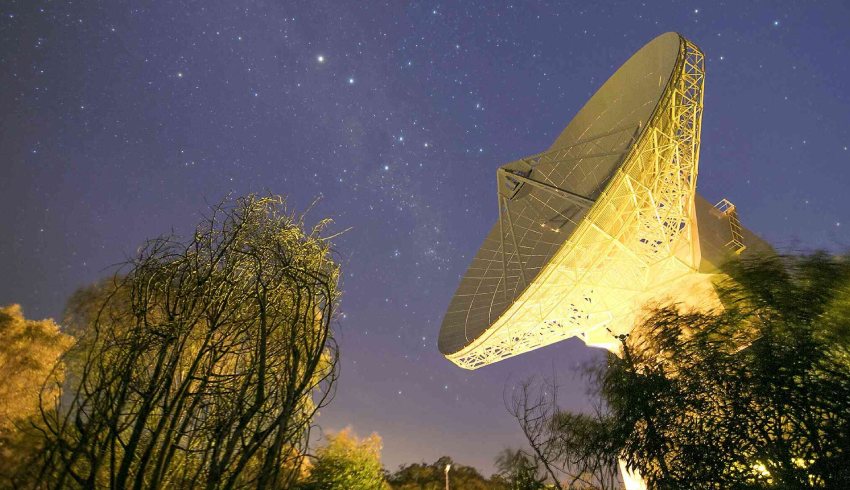The antenna is part of the expansion of the New Norcia Station, located about 130 kilometres north-east of Perth, and will help the ESA communicate with its spacecraft exploring the solar system, tracking the sun or studying asteroids.
According to a statement released on Thursday, the Australian government, alongside the Australian Space Agency and the CSIRO, is investing $4 million into the 35-metre antenna, and is already leveraging $29 million in contracts with local suppliers.
“This project will further strengthen the long and prosperous relationship between Europe and Australia, particularly in scientific endeavours related to space,” the new Minister for Industry and Science, Ed Husic said.
“Through this investment, we are creating economic and job opportunities for local contractors, as well as a lure to reverse the brain drain and bring home our best and brightest.”
The plans were first announced in 2019, and the antenna is slated to begin operating in early 2025.
Australia has long been involved with tracking other people’s space missions, dating back to the dawn of the space age and the US Apollo program, which put man on the moon.
Tracking and communications has been performed through facilities, mostly in NSW and the ACT, especially NASA’s Canberra Deep Space Communications Complex at Tidbinbilla outside the national capital.
The WA antenna will work hand in hand with dishes based in Argentina and Spain and will feature next-generation deep space communication technology, including a super-cooled “antenna feed”, cryogenically cooled to around minus 263 degrees in a bid to increase data return by up to 40 per cent.
According to the agencies, the antenna will be capable of detecting signals, far weaker than the signal from a mobile phone, on the surface of Mars.
“The new antenna will ensure Europe’s continued autonomous capacity to fly pioneering exploratory missions as well as to support upcoming space safety missions including Hera and Vigil,” said the ESA director general, Josef Aschbacher.
Hera is set to launch in 2024 to rendezvous with a binary asteroid system, Dimorphos, to test asteroid deflection and will work with NASA’s DART spacecraft that was launched in November. Vigil is a spacecraft that will keep an eye on sun activity, set to launch in the middle of the decade.
“It will also strengthen ESA’s important relationship with Australia while helping ensure we always get the most science out of every mission", Aschbacher added.
The 620-tonne antenna will complement the existing deep space antenna on the New Norcia site, supporting additional communication frequencies.

Isabella Richards
Bella Richards is a journalist who has written for several local newspapers, her university newspaper and a tech magazine, and completed her Bachelor of Communications (Journalism) at the University of Technology Sydney in 2020. She joined Momentum Media in 2021, and has since written breaking news stories across Space Connect, Australian Aviation and World of Aviation.
You can email Bella on: [email protected]

